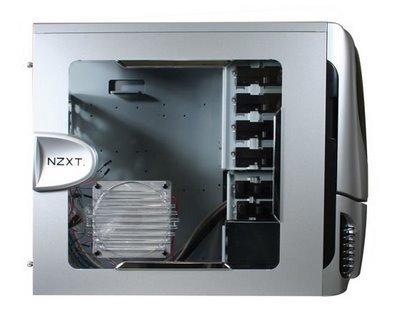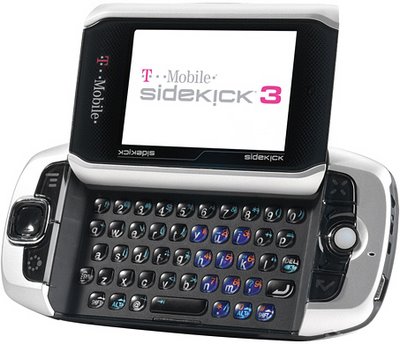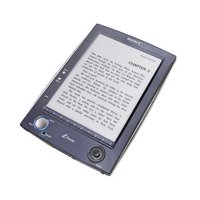
After years of releasing nothing but slow and power hungry processors, Intel is back and unless AMD does something soon, very soon, then tommorrow, July 27th is it's doomsday, for tomorrow is the that Core 2 Duo. Core 2 Extreme X6800 kicks AMD's butt, even it's brand-new FX-62. The Extreme beats AMD's best by 70%,
70% on average!!!. It beats the FX-62 in everything, games, video editing, you name it and the C2E wins all out. If thats not embarassing, the 316$ E6600 also beats the FX-62 (which twice as much as the E6600!) in most benchmarks. I'm not the type of reviewer who reviews 1000$ procs (aka X6800) but more of the type of cpus you and I might get our hands on. The E6600 is on the outer edges of my budget.
Current PricingIntel Core 2 Extreme X6800................................2.93GHz 4MB $999
Intel Core 2 Duo E6700.......................................2.66GHz 4MB $530
Intel Core 2 Duo E6600.......................................2.40GHz 4MB $316
AMD Athlon 64 X2 5000+ ...................................2.6GHz 1MB $301
AMD Athlon 64 X2 4600+ ...................................2.4GHz 1MB $240
Intel Core 2 Duo E6400.......................................2.13GHz 2MB $224
AMD Athlon 64 X2 4200+ ...................................2.2GHz 1MB $187
Intel Core 2 Duo E6300.......................................1.86GHz 2MB $183
Intel Pentium D 945............................................3.40GHz4MB $163
AMD Athlon 64 X2 3800+...................................2.0GHz 1MB $152
Intel Pentium D 915............................................2.80GHz 4MB $133
Intel Pentium D 820............................................2.80GHz 2MB $113
Intel Pentium D 805............................................2.66GHz 2MB $93
Scores*:*
The E6400 wasn't avaliable during benchmarking. Special thanks to Anandtech for providing the graphs
According to Sysmark 2004 score the E6300 is on par with the 5000+ and Intel's former king the 965 Extreme Edition. The other three Core 2's take up 1st, 2nd, and 3rd with the FX-62 trailing far in the distance.


AMD was the king of the gaming arena, as you can see the Pentium D's didn't stand a chance, but as in every other benchmark the Core 2's are the winners. The FX-62 still trailing behind the Extreme and the two 4MB cache Core 2 Duo's. The E6300 got a little behind but is on par with the more expensive 4600+. Surprisingly the budget Core 2 Duo, the E6300 beat the crap out of its respective (and the more expensive) AMD procs. The E6300 occisiaonally came very close the FX-62.
In other words AMD fell behind and it will be hard to catch up with Intel having such a lead.
 The International Astronomical Union's 2,500 astronomers (representing 75 countries) gathered to decide the fate of Pluto and the results are in. The International Astronomical Union (IAU) voted to demote Pluto from the ranks of the solar system's now 8 planets. The reason Pluto got demoted is because Pluto no longer fits the newly ratified definition of a planet. The new definition states that a planet is “a celestial body that is in orbit around the sun, has sufficient mass for its self-gravity to overcome rigid body forces so that it assumes a ...nearly round shape, and has cleared the neighborhood around its orbit.” Pluto is disqualified because it does not clear the neighborhood around its orbit since its orbit overlaps with its much larger neighbor Neptune. Instead, Pluto will be classified as a dwarf planet and be classified with the other dwarf planets.
The International Astronomical Union's 2,500 astronomers (representing 75 countries) gathered to decide the fate of Pluto and the results are in. The International Astronomical Union (IAU) voted to demote Pluto from the ranks of the solar system's now 8 planets. The reason Pluto got demoted is because Pluto no longer fits the newly ratified definition of a planet. The new definition states that a planet is “a celestial body that is in orbit around the sun, has sufficient mass for its self-gravity to overcome rigid body forces so that it assumes a ...nearly round shape, and has cleared the neighborhood around its orbit.” Pluto is disqualified because it does not clear the neighborhood around its orbit since its orbit overlaps with its much larger neighbor Neptune. Instead, Pluto will be classified as a dwarf planet and be classified with the other dwarf planets.

































